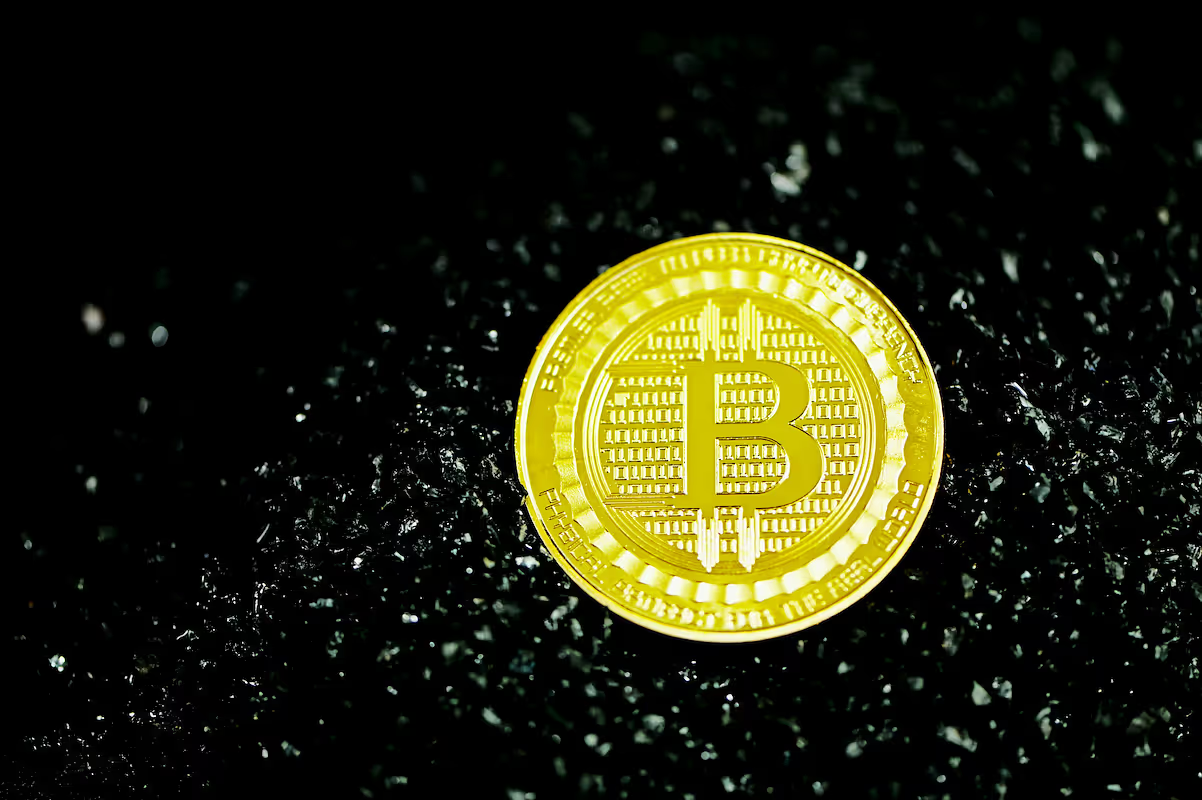Key Takeaways
- Proof of Ownership: A digital signature cryptographically confirms you authorized a transaction with your private key.
- Data Integrity: The signature verifies that transaction details have not been altered in any way.
- Irreversible Proof: Once signed, a transaction is mathematically bound to the sender, making it undeniable.
What is a Digital Signature?
A digital signature is a mathematical process that verifies the authenticity and integrity of a digital message, such as a Bitcoin transaction. Think of it as a unique, unforgeable fingerprint for your digital assets. When you send bitcoin, your wallet uses your private key to create a signature, cryptographically proving you authorized the transfer of a specific amount, like 0.002 BTC or even just 500 sats.
This signature confirms two things: that the transaction came from the owner of the private key and that the transaction details have not been changed since it was signed. For example, a signature for a $10,000 transaction is unique to that specific amount and recipient. Any modification would invalidate the signature, making it a powerful tool for preventing fraud and creating a permanent, undeniable record on the blockchain.
How Digital Signatures Work in Bitcoin
In Bitcoin, a digital signature is created by combining your private key with the transaction data through a cryptographic algorithm. This produces a unique code that anyone can verify with your public key, confirming you authorized the transaction without revealing your private key. The process is a core component of Bitcoin's security model.
- Private Key: Generates the unique signature for a specific transaction.
- Transaction Hash: A unique fingerprint of the transaction data is created.
- Signing: The private key is used to mathematically sign this transaction hash.
- Public Key: Allows anyone on the network to verify the signature is authentic.
- Validation: Confirms the signature matches the public key and transaction, preventing any alteration.
Importance of Digital Signatures in Banking
In banking, digital signatures are fundamental for modernizing financial operations. They replace wet-ink signatures with a cryptographically secure method for verifying identity and intent, which is critical for high-stakes agreements and remote transactions.
- Security: Reduces fraud by creating tamper-proof records of approval.
- Efficiency: Accelerates approvals for loans and contracts without physical paperwork.
- Compliance: Creates a clear, auditable trail for regulatory oversight.
- Authenticity: Confirms the signer's identity and that documents are unaltered.
Digital Signature Algorithms and Security
Digital signature algorithms are the cryptographic engines that power Bitcoin's security. They use mathematical functions that are easy to compute in one direction but nearly impossible to reverse. This one-way property is what makes digital signatures a formidable defense against forgery and theft.
- ECDSA: The Elliptic Curve Digital Signature Algorithm used by Bitcoin for its strong security and efficiency.
- Asymmetry: Relies on a private key for signing and a public key for verification, keeping the private key secret.
- Integrity: Guarantees that transaction data cannot be altered after being signed, preserving a permanent record.
Digital Signature Verification Process
Verification is a public process where anyone can use the sender's public key to confirm a signature's authenticity. The verifier checks if the signature corresponds to the specific transaction data. This mathematical check proves the transaction was authorized by the private key holder and remains unaltered.
If the signature is valid, the network accepts the transaction as legitimate, adding it to the blockchain. A failed verification means the signature is fraudulent or the data was corrupted, causing the network to reject it instantly. This automatic validation is what secures every transfer on the Bitcoin network.
Real-World Applications of Digital Signatures
This is how you apply a digital signature to secure a document or transaction.
- Generate a unique hash of the data you want to sign, creating a digital fingerprint.
- Use your private key to encrypt this hash, producing your unique digital signature.
- Bundle the original data, your signature, and your public key together for distribution.
- A recipient uses your public key to decrypt the signature, confirming the data's origin and integrity.
Digital Signatures: The Security Backbone of the Lightning Network
The Lightning Network operates on a framework of payment channels secured by digital signatures. When a channel is opened, both parties sign commitment transactions that define the initial balance. Each subsequent payment creates a new, signed state, invalidating the previous one. This constant signing process creates a secure, off-chain ledger, allowing for near-instantaneous transfers. A party can only broadcast the most recent, mutually signed state to the Bitcoin blockchain, guaranteeing the integrity of all intermediate payments.
Join The Money Grid
You can access the full potential of digital money through Lightspark's Money Grid, a global payments network built on Bitcoin for instant, low-cost transfers. This platform provides the infrastructure for wallets and exchanges to operate on the Lightning Network, where the cryptographic proof of digital signatures secures every transaction.


